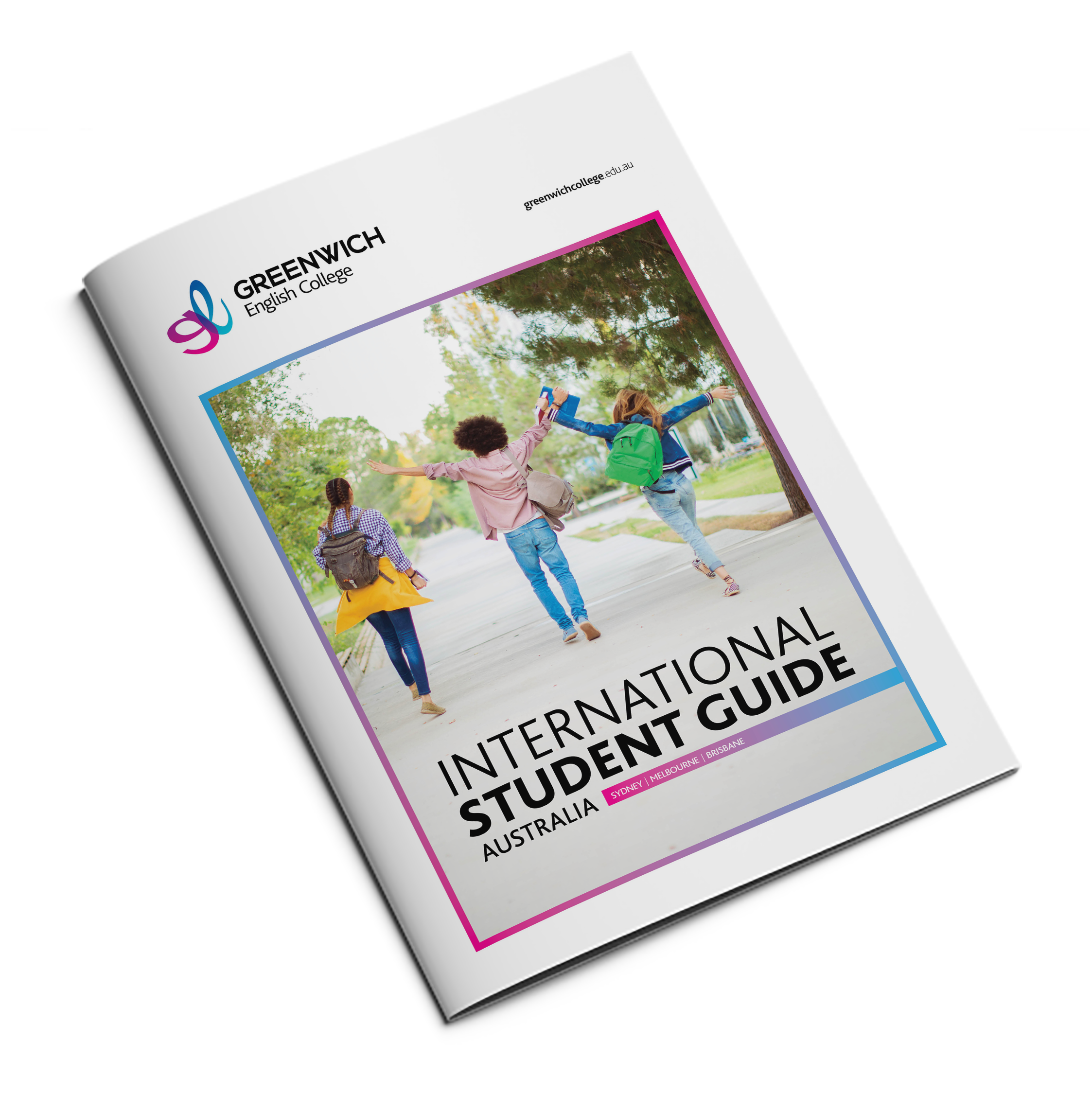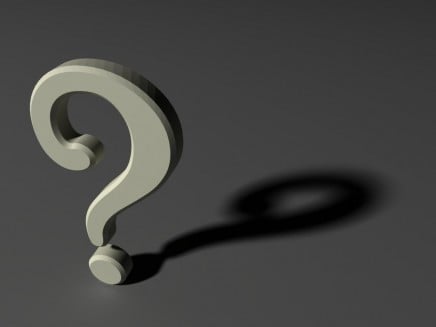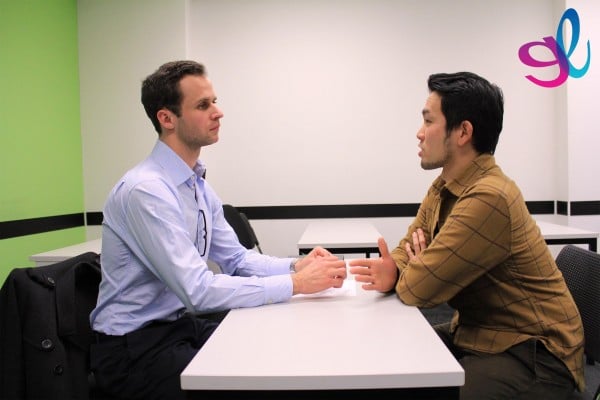.jpg?width=1903&height=644&name=IMG_4106%20(1).jpg)
Latest News
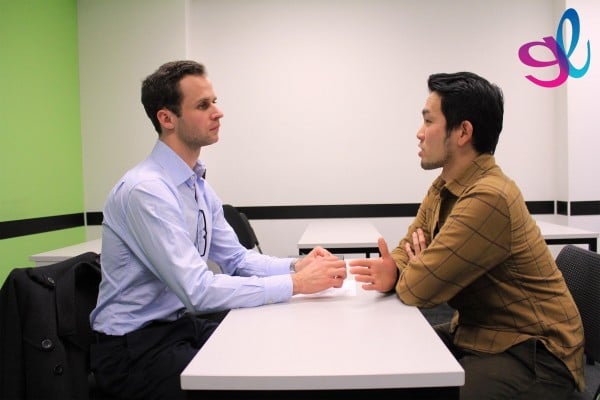
The present perfect tense
The Present Perfect Tense is a PAST tense. It is used to talk about actions or events that happened at some unspecified time before now, and that have some effect or influence on the present. The Present Perfect can be thought of as representing a bubble of time up to now, but the exact past time (when) is unknown or unimportant.
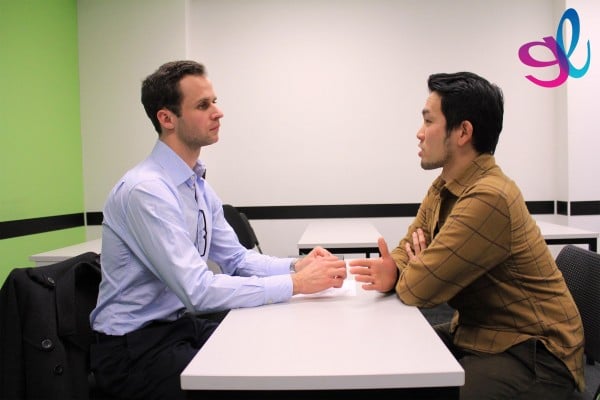
Structure
The form, or structure, of the Present Perfect is:
Subject + HAVE/HAS + Past Participle
Usage
The Present Prefect has 3 distinct uses, or functions:
a. Life experience – (often used with ‘ever’ or ‘never’)
- I have never been to Hawaii. Have you ever been there?
In this case the focus is on some experience from the past but the actual time (when) is unimportant or unknown. Conversations about experience often begin with this type of structure and then details are given in the past simple tense.
- Have you ever seen a kangaroo? - Yes I have.
- Really! When did you see one? - I saw one last month at Taranga Zoo
b. Unfinished past – (often used with ‘for’ or ‘since’)
- I have been in Sydney for a long time. I have worked at Greenwich English College since 2007.
In this case the focus is on something that happened in the past and is still true now. It is unfinished. We use ‘for’ with periods of time and ‘since’ with a point in time.
- He has lived in Sydney for 12 years.
- I have known Tom since 2002.
The point in time can also be expressed with a Past Simple verb.
- Sarah has liked sushi since she first ate it in Japan.
c. Past action or event with result now – (often used with ‘just’, ‘already’ or ‘yet’)
In this case the focus is on the effect or result that a past action or event has now. The time when the past action happened is not important. We are interested in the present result.
- I’ve just eaten lunch so I’m not hungry now. Have you eaten yet? Are you hungry?
Common difficulties
The main problem with the Present Perfect is that students tend to confuse its functions with the Past Simple. It is important to remember that you never use the Present Perfect with a past time phrase. The Past Simple is used if we state ‘when’.
- I have had a sandwich 10 minutes ago.
I’ve had a sandwich. I ate it 10 minutes ago. [Past action or event with result now]
- When have you met your wife?
- When did you meet your wife?
The Present Perfect can be used with ‘recently’.
Tom looks great. He’s lost a lot of weight recently. [Past action or event with result now]
Another problem is that students sometimes include ‘ever’ in positive statements. This should only be used in question forms.
- I have ever drunk whiskey.
I have eaten kangaroo meat. Have you ever tasted it? [Life Experience]
The Present Perfect Continuous Tense has the same 3 functions as the Present Perfect Simple but the continuous is used for 2 reasons:
- to emphasise the temporary nature of state verbs.
- I’ve worked here for 10 years. [Unfinished Past]
- Tom’s been working here for 2 months. [Unfinished Past]
He’s been staying with his aunt in Bondi.
- to emphasise the action or duration of the action.
- I’m exhausted because I’ve been running. [Past action or event with result now]
Which sentence is more effective to explain why this boy’s face is dirty?

- He’s eaten chocolate.
or
- He’s been eating chocolate.
In this case the Present Perfect Continuous is more effective because it focuses on the action. We can imagine, or visualise, the child eating the chocolate and making his face dirty.
 Chinese
Chinese Japanese
Japanese Italian
Italian Korean
Korean Spanish
Spanish Portuguese
Portuguese Thai
Thai Vietnamese
Vietnamese


